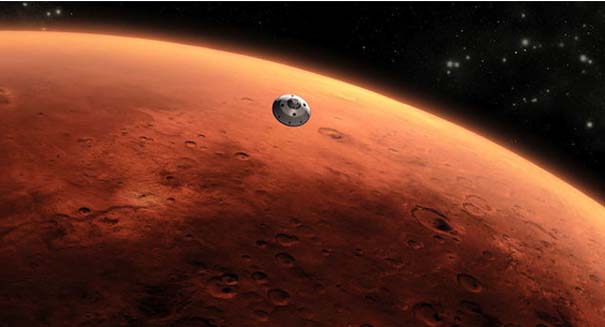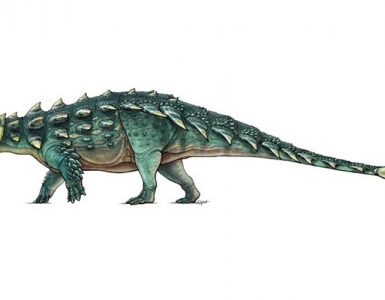 |
| Image Source: dailytimesgazette.com |
The main aim of the mission was to find any evidence of water available on the surface or the sub surface of Mars. MRO has also proved to be useful in assisting the Opportunity and Curiosity rovers in relaying data to Earth. The relaying of signals is very important as the constant communication between Earth and the rover needs to be maintained so that data can be exchanged and the rovers can be instructed to perform various tasks. MRO also helps NASA to determine the sites that have the capability to qualify for possible human or robotic missions.
The MRO project scientist said in a statement,” Mars Reconnaissance Orbiter has found evidence of diverse watery environments on early Mars, some more habitable that the others. MRO s discovered that Mars’s south polar cap holds enough buried carbon di oxide ice to double the planets current atmosphere if it’s warmed. It’s caught avalanches and dust storms in action.” He also said that the life of the rover has enabled NASA to hold long term studies over a period of time. The scientists also said that they had managed to bring back an astonishing amount of data amounting to 250 terabits and even after 40,000 orbits the mission still looks promising and is helping in other challenges like taking photos of comets last year.





















